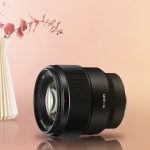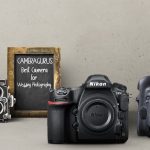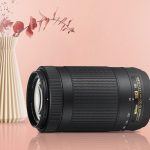
Macro photography can be challenging if you don’t have the proper equipment. Even if you bought high-end equipment and settings are not set as they should, then trying harder won’t save the day.
In order to become more professional in close-up photography, you have to know which setting works the best.
Macro photography can be tricky because focusing and catching every inch of a square in the photography precisely pushes your camera to the limits.
The main character of the story should appear up close and personal letting them see the reality through a picture.
If you want to learn more about macro photography settings, firstly, you have to know more about the camera modes like aperture, shutter speed, focus, flash, and ISO.
Down below, you will find an explanation of all the questions regarding macro photography.
The Right Camera Lens For Macro Photography
The Camera Lens
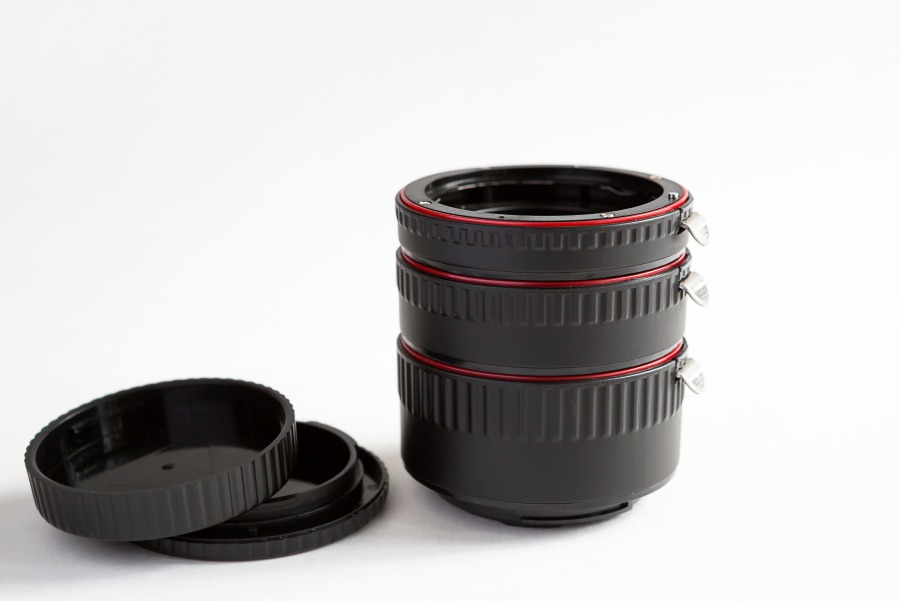
Before caring about the camera settings, you should care about your current camera lens. It is just as important as the settings you apply afterward.
Lenses for macro photography should be with a focal range from 50 to 200mm. There are zoom lenses which of course will help, but most of the time, they half life-size magnified.
If you are a more general macro photography fan, you can work 50 to 60mm lens, but if you use a 100mm, I can assure you will have great details even if the camera and the chosen subject/object are in the distance. The results will be stunning.
When it comes to the price points, the lenses between 150 to 200mm are likely to be more high-cost. Alternatively, you may think to add extension tubes between the rear mount of the lens and the body of the camera.
By adding an extension, the lens will definitely focus close and raise magnification. You can add more than one extension which means the image size will largely depend on how many extensions are in the camera. Plus, it gets closer and closer to give you the opportunity to catch the perfect shot.
A single tube can cause you no more than $50, that is why you have a great replacement if the price point stops you from getting a new lens for macro photography.
The Right Camera Settings For Macro Photography
As I previously mentioned, the camera settings will define how your picture will look up-close. Being able to catch the living nature is even harder because a single move can scare them away.
Aperture
Want your close-up photography to turn out amazing? If the answer is yes, then you have to use a small aperture. By doing that, you overcome the shallow depth of field, and F11, F16, F22 will deliver you a nice depth of field.
If the subject is very tiny, it would work at the best if you high up a little bit the aperture settings between f/8 and f/11.
If the subject or the object you chose is a bit larger (more than an inch), the best aperture setting would be between f/2.8 and f/10.
Shutter Speed
With a Flash
The shutter speed is not the most important part of macro photography, but it does affect the picture. For better results, set your camera to 1/200 or 1/250 second shutter speed and eliminate the ambient lighting. Don’t worry, it won’t affect the brightness level of the flash by any means. The flash will end in less than 1/250 seconds.
Without a Flash
Without a flash, the shutter speed is a challenging part of macro photography because it should be fast enough to avoid any blur, camera shake, or the movement of the picked subject.
It would be best to use the shutter speed at 1/320 second or even faster if could be reached. You beat a hasty retreat if you have an image stabilizer and the subject is big because the tripod or a monopod will hold it tight without moving.
You can have an amazing outcome by using flash in macro photography.
Manual Focus
I get it, it is very hard to use the focus manually when the camera can do it for you. If your pictures don’t turn out clear and detailed, it may be the autofocus you use instead of adjusting it manually.
To shoot your best shot, turn the focus ring down till every single thing is put of the focus, then turn the focus ring in the other direction until your sight is super clear and cutting sharp.
ISO
When setting the ISO, remember to adjust the setting that upkeep your aperture and shutter speed at optimal levels. For easy work, set the ISO to auto mode and you will be fine.
Macro Photography Tips
Lighting and Shadowing
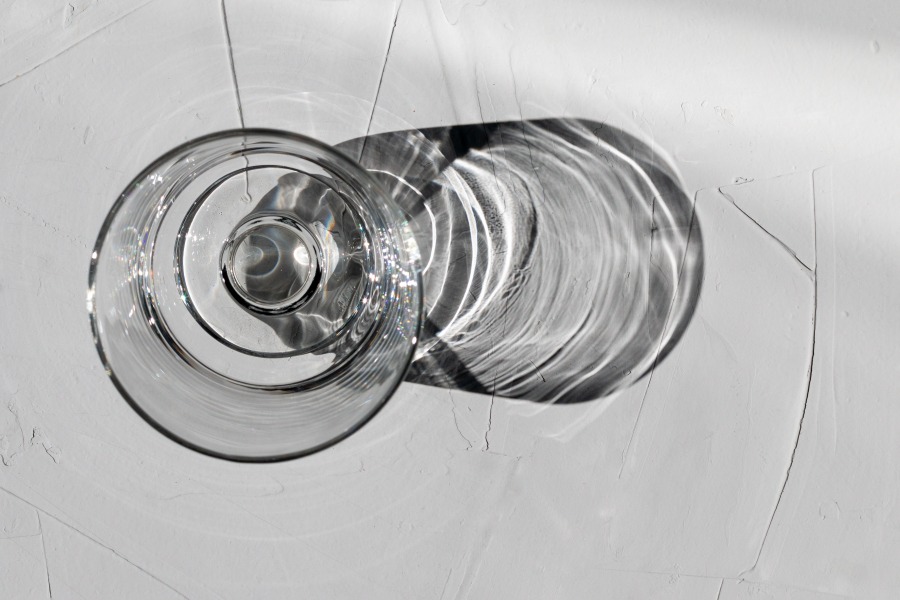
Shadow is your biggest enemy when it comes to macro photography shooting, so you have to seek help from lighting rings or reflectors. If you shoot in the natural lighting ambient, this is a different topic, you don’t need any equipment, just focus on your angle.
Use a Tripod or Monopod
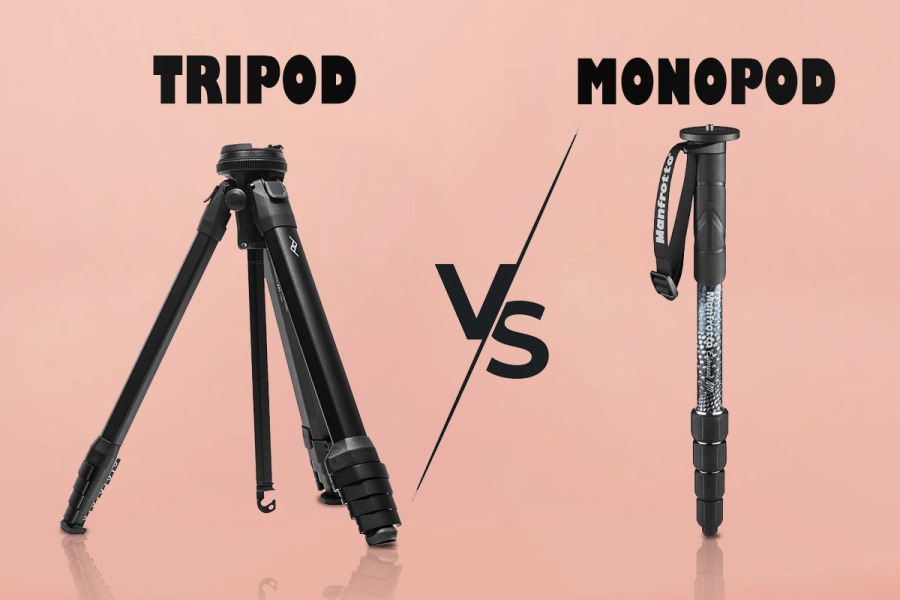
Distance between the camera and the chosen object is crucial because it can blur your focused zone instantly. By using a tripod or monopod you will stabilize the camera, therefore your macro shot will become as you imagined.
A final stage of the macro photography using tripods and monopods is to be patient because it is impossible to capture the desired shot in just few tries. Over time, you will become a pro macro photographer. However, the problem occurs while the tripod and monopod when the subject is moving.
I would recommend you use tripod for extra details if you plan to catch close-up shots like insects or flowers. Monopod if not very preferable tool but it helps a lot, it is also depends how you are used to take pictures.
Final Words
It doesn’t matter what expensive camera, or lens you or what kind of camera settings you adjust, you will never catch the perfect shot if you are not patient. Macro photography requires dedication and patience above all.
Then, a second step of the process is to choose a lens, if the lens doesn’t match your needs or is expensive for you, you can always add extensions.
Look at the aperture, focus, and shutter speed mostly, they are the most significant settings in the macro photography world.
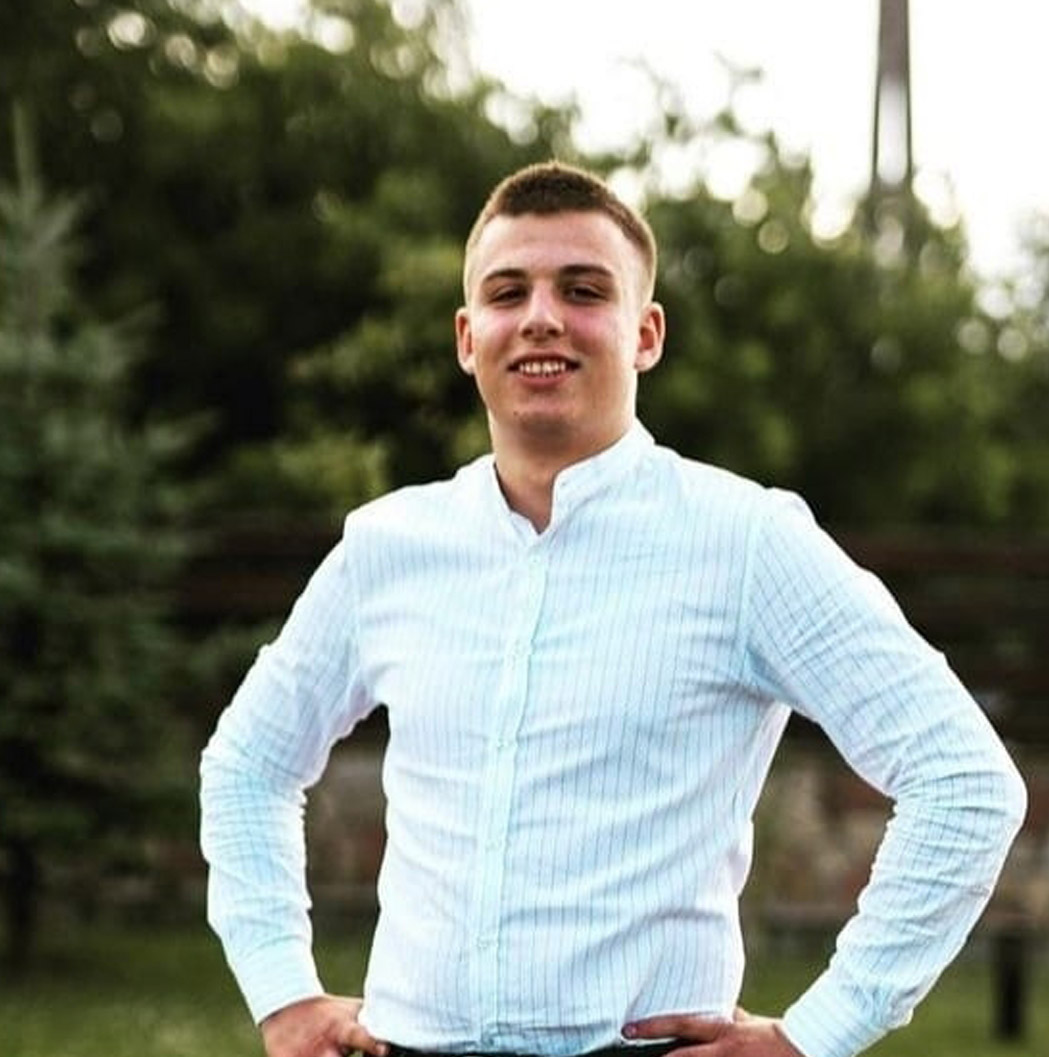
Wedding Photographer
From nature to urban landscapes, my camera is my tool for expressing my creativity and telling stories through my lens.
